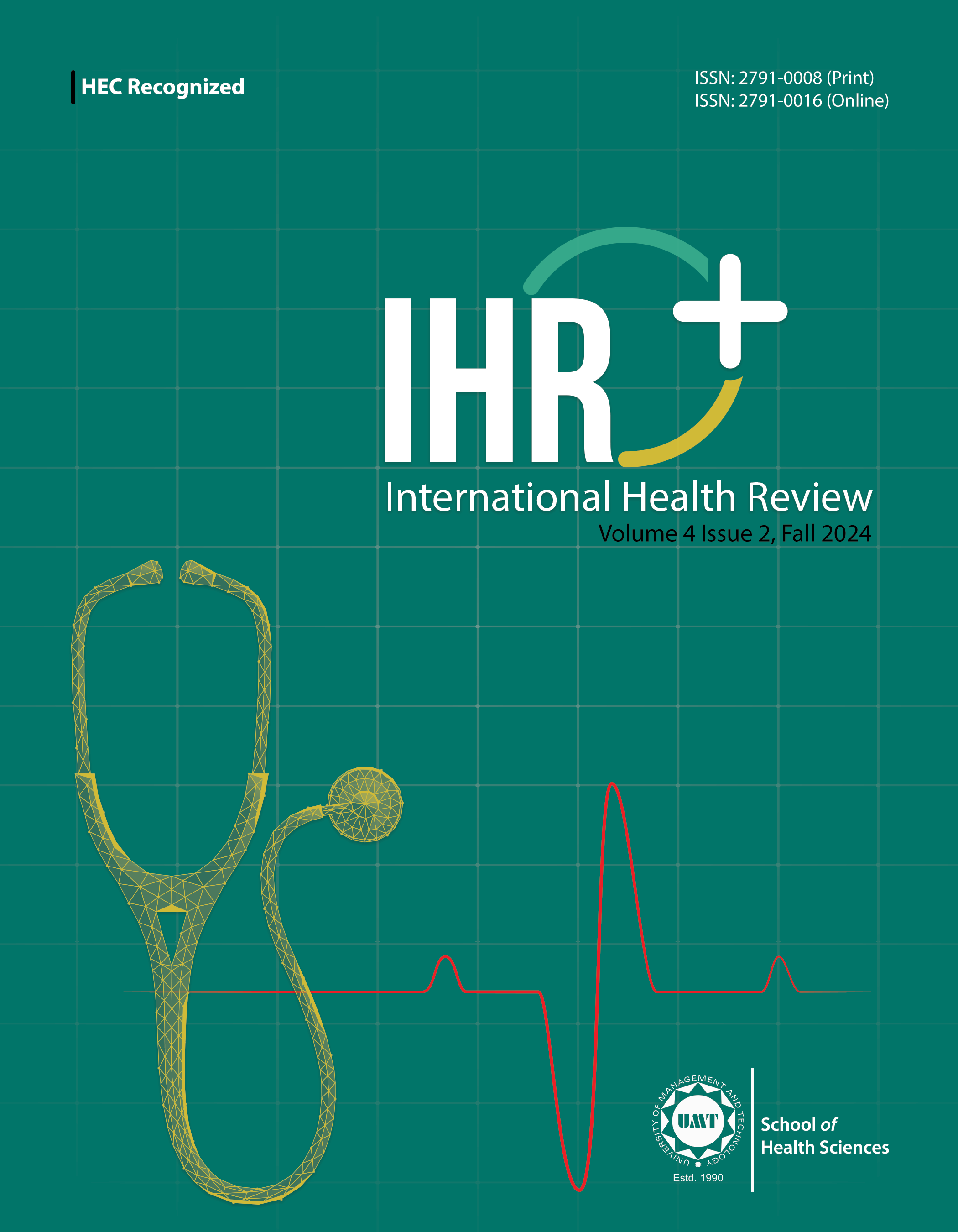The Comparison of Scar Mobilization Techniques with and without Core Stability Exercises on Scar Tissue Mobility and Lumbopelvic Pain
Abstract
 Abstract Views: 0
Abstract Views: 0
Abdominal adhesions and lumbopelvic pain can occur after a caesarean section. Many treatment approaches, such as injections, massage, surgical release, soft tissue release, strengthening, stretching and core stability exercises are available for abdominal scars. Physiotherapy treatments are considered safer and more convenient. The study aims to compare the effects of scar mobilization techniques with and without core stability exercises on scar tissue mobility and lumbopelvic pain. The study was a randomized clinical trial conducted at the Rafiqa Hospital and Fatima Hospital, Sargodha, Pakistan. A sample of 30 participants was allocated in Group A and B. Group A received scar mobilization and core stability exercises, while Group B received only scar mobilization, with both groups undergoing 3 sessions per week for total three weeks. The groups were assessed at baseline after the 5th and 9th sessions, using Oswestry Low Back Pain Disability Questionnaire (ODI), Numeric Pain Rating Scale (NPRS), Manual Scar Mobility Testing (MSMT), and Vancouver Scar Scale (VSS). Moreover, the data were analyzed using SPSS 25. The mean age of participants was 27.22 ± 4.21, and their body mass index was 27.10 ± 3.53. Both groups showed significant differences within the subject’s scores of disability, pain and scar mobility (p<0.05). Between-group comparison of both groups at post-treatment II showed considerable improvement in pain scores (NPRS score, p<0.05). Whereas non-significant results were in other outcome measures (disability and scar mobility p>0.05) in post-treatment II. Scar mobilization techniques with core stability exercises were more effective than scar mobilization techniques alone in the conservative treatment of females with lumbopelvic and scar pain after caesarean section.






